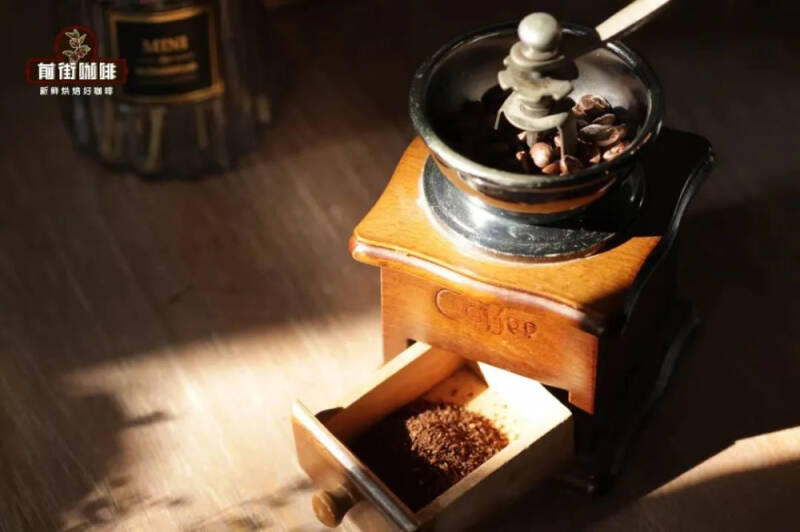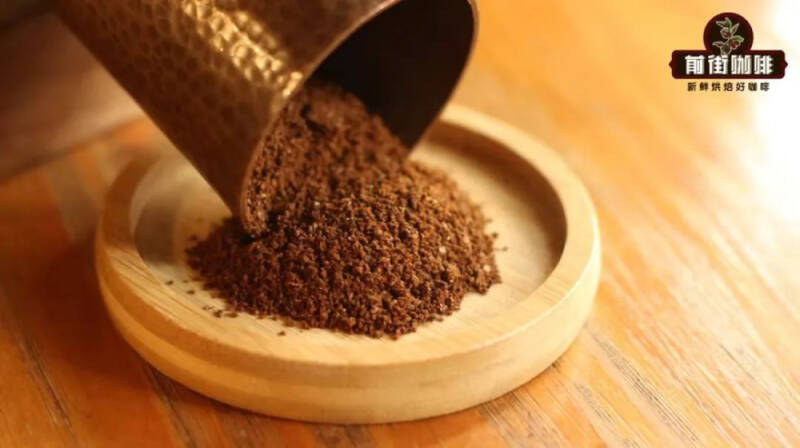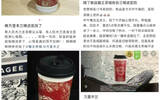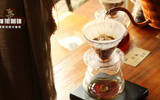How thick are coarse and fine sugar and coarse and fine salt when ground? What are the grinding degrees of Italian coffee and hand-brewed coffee?
No matter what kind of coffee is made, if you want to quickly produce a good cup of coffee, you can't do without a properly ground coffee powder. However, due to the density and baking degree of beans are different. So even if it is the same extraction method, the demand for grinding will change because of the difference in beans.

However, there is no prescribed description of grinding, so in many cases we can only describe the particle size of coffee by analogy. Even if this description covers a wide range of areas, it is the fastest and easiest way to communicate. In addition to the conventional coarse and fine sugar, the analogy will also use fine salt, sea salt, flour and other materials to carry on the analogy, in order to prevent beginner friends from not understanding, so today we will share the coffee powder under different metaphors, exactly what kind of a particle size. However, it is important to keep in mind that the degree of grinding described by each kind of comparison method is in a range, not just a certain size.
The most commonly used description of fine sugar grinding is fine sugar! Fine sugar in daily life will feel with a continuous sense of sand, as well as more prominent granules, as is the case with coffee particles compared with it. This kind of grinding is usually used in the production of hand-made coffee with light roasted and medium-shallow roasted coffee beans. Because of its high density and difficult to extract, it is necessary to increase the surface area and reduce the distance of hot water penetration to better extract the aromatic substances of coffee.

Coarse sugar grinding / white sugar grinding, also known as white sugar grinding, as the name implies, it will be thicker than fine sugar, regardless of the appearance or feel of texture, it will be more granular than fine sugar grinding. However, it needs careful observation to distinguish it from fine sugar. This kind of grinding is more suitable for medium-deep roasted or deep-roasted coffee beans because of their low density and easy penetration of hot water. If the grinding is too fine, it can easily lead to over-extraction, so it is necessary to reduce the surface area to increase the fault tolerance of coffee and avoid over-extraction.
Sea salt ground sea salt is a large unprocessed salt, which is larger than coarse sugar particles. We can see large granules visible to the naked eye from the appearance. Because the particle size of this kind of coffee powder is too large, the extraction efficiency will be reduced, which is mainly used for long-term immersion extraction. For example, the French kettle, the Smart Cup and so on.
Fine salt ground fine salt is a fine salt dissolved and recast on the basis of crude salt, which is smaller than fine sugar. Although the grains are distinct, they can only feel sporadic graininess when rubbed. Generally speaking, this kind of grinding is mainly used in fast-paced extraction methods such as mocha kettle. Because the extraction time is short, the grinding should be refined to facilitate the extraction of the most substances in the shortest possible time.
There are also certain differences between flour and flour. For example, different types of high-gluten flour and low-gluten flour make the size of the particles different. Although they are both flour, high-gluten flour will be finer and low-gluten flour will be more rough. Generally speaking, the espresso machine uses a relatively rough flour shape, which looks very delicate, but the texture is slightly worse than expected.
The flour that feels dense and grainless is the exclusive grinding of Turkish coffee and Ethiopian coffee. Since the coffee grounds are not filtered in the coffee production process, it is necessary to beat the coffee powder to small particles that do not affect the drinking experience.
-END-
Important Notice :
前街咖啡 FrontStreet Coffee has moved to new addredd:
FrontStreet Coffee Address: 315,Donghua East Road,GuangZhou
Tel:020 38364473
- Prev

Be careful! Overlord tea lady may be sent to the hospital after drinking it
▲ Click to pay attention| Daily Boutique Coffee Culture Magazine Coffee Factory Some time ago, Bawang Tea Lady launched the new product "Wanli Mulan" and launched the "7-day 100 million cups free" event to help International Tea Day, attracting the majority of milk tea lovers to actively participate. "Bawang Tea Lady is free of charge","Bawang Tea Lady has been busy all day long to open business
- Next

How many stages can the segmented water injection of hand-brewed coffee be divided into? What should I pay attention to for three-stage brewing? What is the relationship between time and water injection method?
Whether you are Xiaobai who has just begun to come into contact with hand-flushing, or an old player who has been making coffee for many years, the segmented method is the most commonly used water injection method. So for extraction, what factors does the number of segments affect? What's so important about dividing it into several paragraphs? How to define segmented water injection? Given the situation before formal water injection extraction
Related
- Is espresso stored overnight in the refrigerator harmful to your body? Is frozen coffee better than freshly ground coffee?
- What parameters and proportions of water temperature should be used to grind and brew fresh coffee beans? Why can't I drink freshly roasted coffee right away?
- Customers have "changed" Manner's new products! Shop assistant: Please don't mess around!
- Remove sockets in customer areas at Starbucks stores?! Netizen: I won't go if I really tear it down
- What is the difference between the taste steps of sun-dried coffee and washed coffee? Why is sun-cured coffee sweeter and washed coffee sour?
- The recipe for salty grapefruit dirty is revealed! Coffee Festival salty grapefruit dirty coffee making materials parameters ratio milk share!
- How about the flavor of Sunlight 74158 at Sidamo Banshaha Mathieu Processing Factory in Ethiopia? 74158 Share the proportion of coffee brewing parameters!
- What effect does Italian American coffee with filter paper have? Will coffee taste better if it is put on filter paper at the bottom of the powder bowl?
- What is the color difference in coffee beans? What are the characteristics of honey processed coffee beans? Why are the anaerobically treated coffee beans uneven in color?
- How does novice Xiaobai quickly get started and make coffee? Newbies learn to make coffee by hand and share the specific steps and process process!

